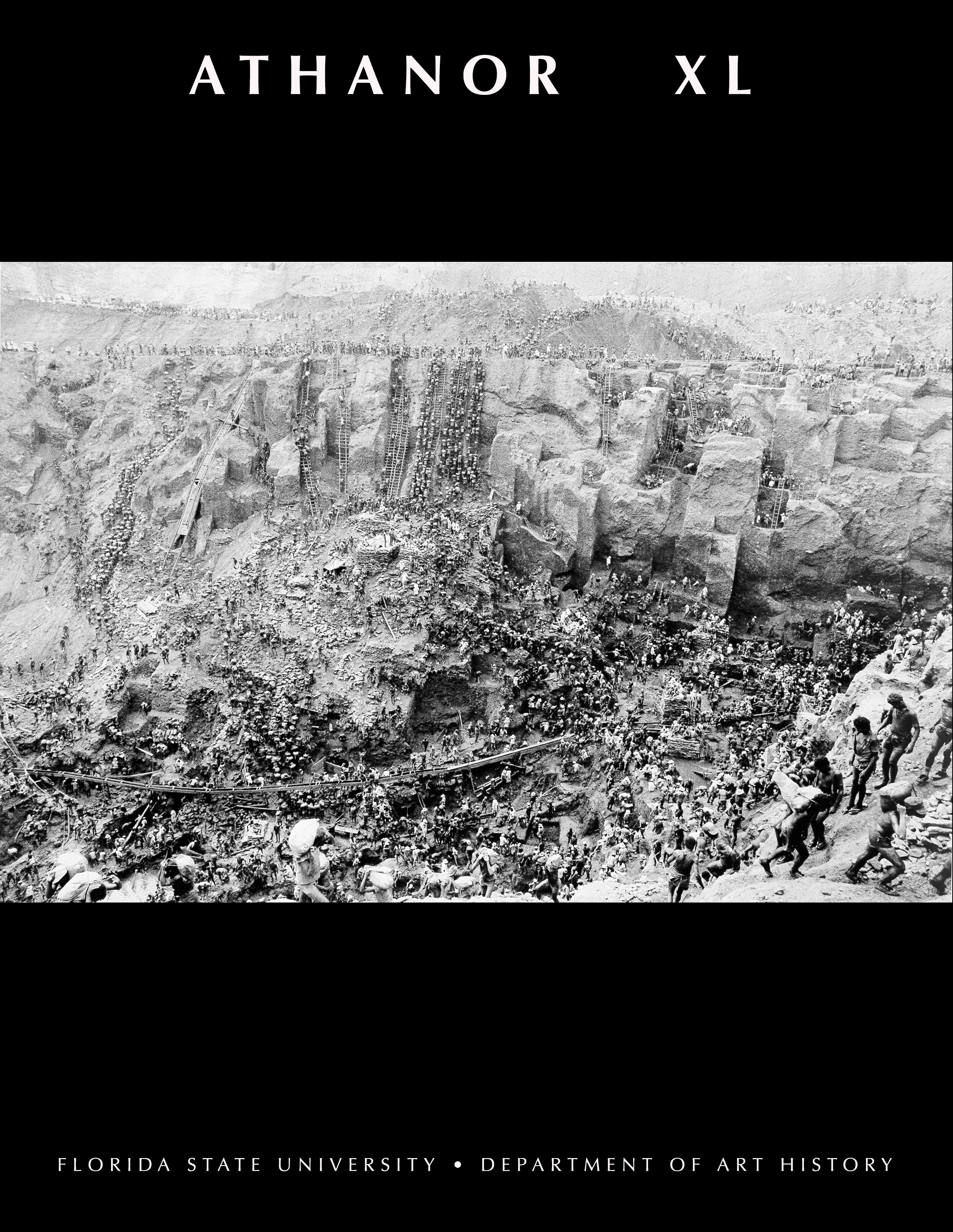摘要
Dated to the late ninth century, scholars position the rock-cut church Yılanlı Kilise as an idiosyncratic outlier, representative of non-Byzantine influence, within Byzantine Cappadocia. I suggest scholars overemphasize Yılanlı’s oddities and underemphasize the complex programmatic and liturgical conception behind Yılanlı and its relation to eleventh-century, Constantinopolitan-influenced Cappadocian churches. I present a case study centered on the interaction between the Koimesis of the Theotokos and a carved water basin that demonstrates that the church’s furniture and images constitute a symbiotic relationship that amplifies and extends their function and meaning. The Yılanlı Koimesis notably includes the Jew Jephonias. Located below the Theotokos’s bed, Jephonias raises arms with severed hands in an orant-like gesture while his body breaches the image border to touch the water basin below. By representing Jephonias without hands, the Yılanlı program purposefully displays the moment after Jephonias is punished for attempting to upset the bier of the Theotokos but before the subsequent recovery of his hands and “rebirth” as a Christian. The presence of Jephonias both creates a narrative image with a supersessionist conversion message and identifies the basin’s baptismal function; simultaneously, the completion of the Jephonias episode is only activated due to his proximity to the baptismal basin.
##submission.copyrightStatement##
